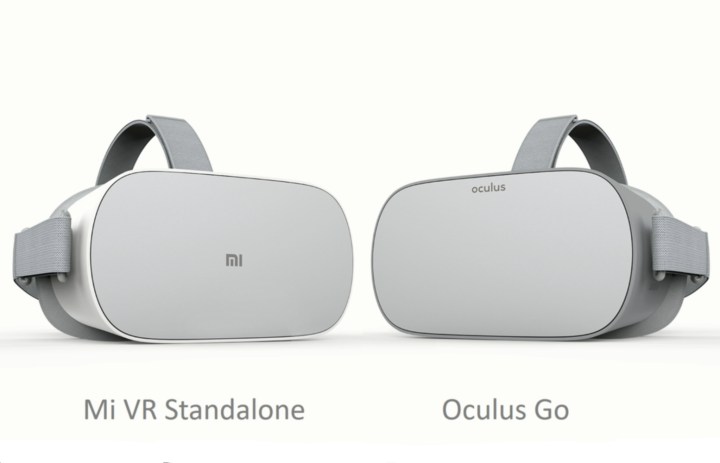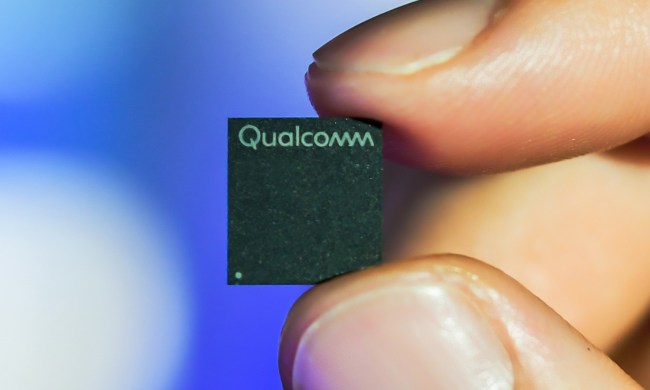
Hugo Barra from Facebook’s virtual reality team revealed a few tidbits about the upcoming Oculus Go stand-alone VR headset at the Consumer Electronics Show in Las Vegas. During Qualcomm’s keynote, he revealed that the upcoming stand-alone headset will be based on Qualcomm’s Snapdragon 821 processor. Both companies worked together to highly optimize the design for a high-performance experience along with power efficiency so those experiences don’t drain the built-in battery in an instant.
Barra also revealed that Oculus VR and Qualcomm partnered with Xiaomi to build and release the stand-alone headset on a global scale. Even more, Xiaomi is working on a localized version for the Chinese market. Thomas Tang, head of Xiaomi’s Mi Lab, joined Barra on stage to showcase the China-bound product dubbed as the “Mi VR Standalone” powered by Oculus. It looks nearly identical to the North America-bound Oculus Go, with subtle changes in color and the Mi logo stamped on its faceplate.
“It shares the core hardware with Oculus Go,” Tang told the audience. “It’s based on the Xiaomi VR platform and supports the Oculus Mobile SDK. This allows existing Oculus developers to bring their VR content to Chinese users. We’ll have more details to share soon.”

Unfortunately, that’s all the Oculus Go-focused news revealed during the keynote. The stand-alone headset was presumably based on the Snapdragon 835 processor — possibly even the newer Snapdragon 845 revealed in December. The 821 officially launched in the third quarter of 2016 and resides in devices like the original Google Pixel, the HTC U Ultra, the LG G6 phones, and more.
Relying on an older chip is surprising, and Qualcomm’s own reference design for stand-alone VR headsets relies on its newer Snapdragon 835 chip. The kit also includes a 2,560 x 1,440 display, several cameras, 4GB of system memory, and 64GB of internal storage. The Oculus Go will sport a display with the same resolution as seen in Facebook’s official announcement in October, hence the assumption that it would rely on the Snapdragon 835, too.
But the use of Qualcomm’s Snapdragon 821 may simply boil down to cost. Facebook is keeping the price of its upcoming headset down to $199, and the older chip is simply cheaper on the manufacturing end. The stand-alone VR design also may not require the Snapdragon 835 or newer, as current experiences served up on the Gear VR run just fine on the 821 chip. The processor won’t have the overhead associated with phone-based functions either, giving its CPU and GPU cores room to breathe and deliver a high-performance experience.
As previously reported, Oculus Go will be “binary compatible” with Samsung’s Oculus-powered Gear VR platform. That means apps and experiences developed for the Gear VR will also work on the upcoming stand-alone headset “out of the box.” The Gear VR headset depends on one of several Galaxy-class smartphones manufactured by Samsung whereas the Oculus Go will be a self-contained device. It won’t even need to be tethered to a PC.
Developer kits for the Oculus Go shipped in November. The $199 retail version is expected to hit shelves in “early 2018.”


